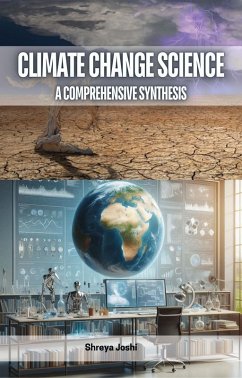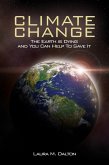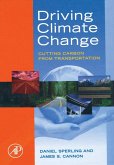Scientists study climate change using direct observations, paleoclimate data, and climate models that simulate interactions between the atmosphere, oceans, land, and ice. These models help predict future climate scenarios and understand the mechanisms shaping our climate. The evidence for climate change is overwhelming, with rising global temperatures, melting ice caps, rising sea levels, and more frequent extreme weather events impacting ecosystems, agriculture, water resources, and human health.
A key challenge in climate change science is distinguishing natural climate variability from human-induced changes. By studying paleoclimate data, scientists can compare past climate conditions to the present and establish the role of human activities. Climate models, despite uncertainties, consistently project that without significant reductions in greenhouse gas emissions, global temperatures will continue to rise, leading to severe impacts.
Mitigating climate change requires reducing greenhouse gas emissions and transitioning to cleaner energy sources, increasing energy efficiency, adopting renewable energy technologies, and promoting sustainable land use practices. International agreements like the Paris Agreement aim to limit global warming and reduce its impacts.
Dieser Download kann aus rechtlichen Gründen nur mit Rechnungsadresse in A, B, BG, CY, CZ, D, DK, EW, E, FIN, F, GR, H, IRL, I, LT, L, LR, M, NL, PL, P, R, S, SLO, SK ausgeliefert werden.









